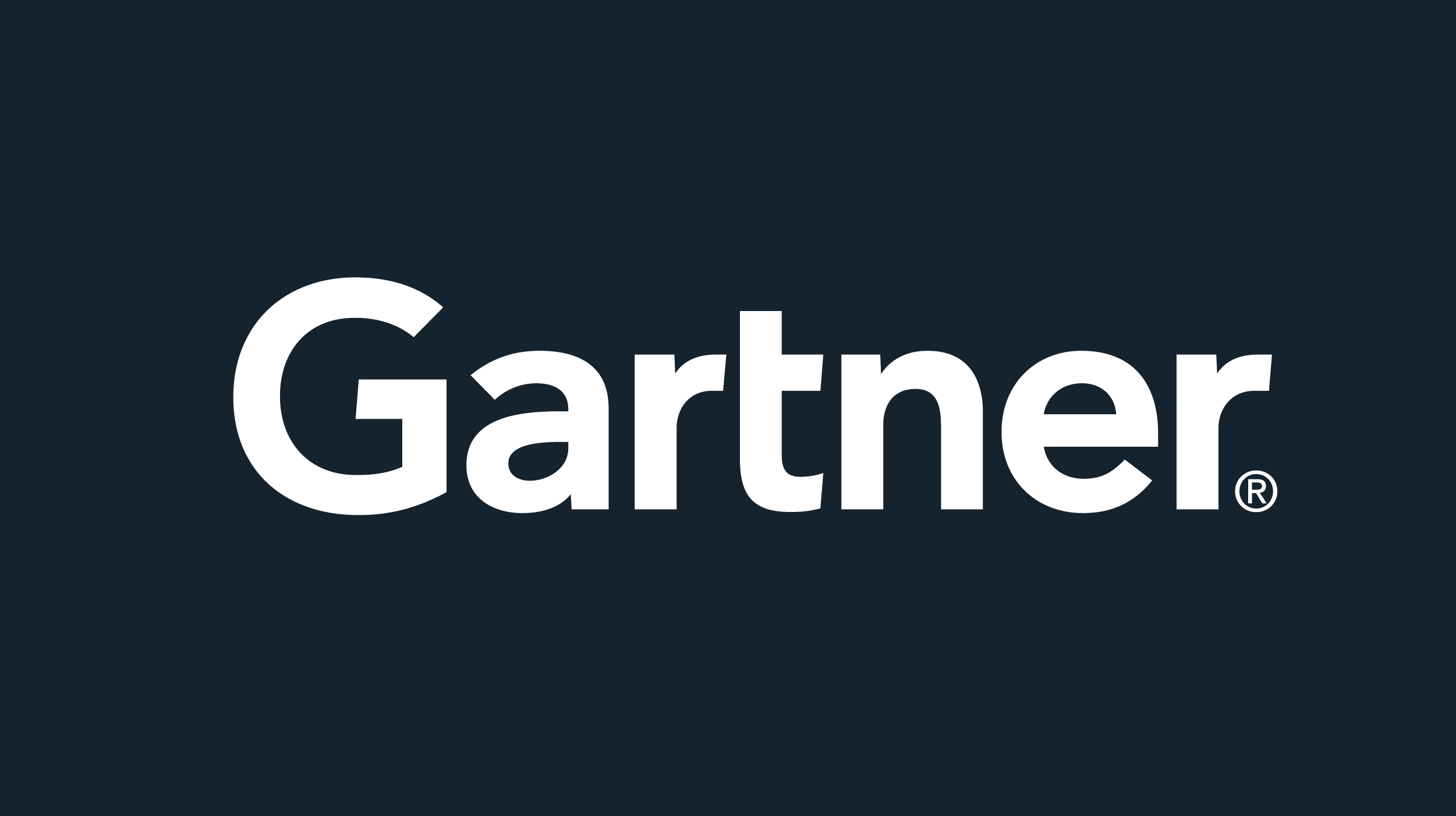
The established business applications like ERP, ETL and data integration tools, business intelligence and analytics tools, database platforms, file transfer tools, and other IT systems, are all tools that have one thing in common. They all have workflows that need to be automated.
Enter Workload Automation
Automating workflows for the above applications and other technology platforms has been the purview of Workload Automation (WLA) solutions providers. However, as good as these companies have been keeping up with integrating to the core set of “required” major commercial applications, databases, and other computing platform technologies, the fact is customers always want more and want it faster.
If chasing native integration for the above major commercial applications were the only problem, WLA vendors have done a reasonably good job. But the playing field has changed. Think about all the new applications exploding across the IT environment, from Big Data to social to web scale apps. And don’t forget the home-grown apps that are often core to companies and their unique IT platform and competitive advantage too.
So what is happening today? Imagine this scenario in your company: A development team is under severe pressure to release new application functionality. When the project gets to the point where integration with another application or technology is required—and the scheduler in operations doesn’t have a specific native WLA integration for that app—developers do what they do best; they develop their own scripts that trigger the jobs that need to run, in order to complete the project. These scripts always appear to be expedient. But consider that scripting is still a development project that requires coding, debugging and testing all of which can add as much as 30 percent to the overall project and become a liability that must be maintained for the life of the application. When you think about moving these new critical applications to production where stability and performance are critical to the business, scripts tend to fail more often, take longer to troubleshoot, do not conform to established naming conventions, make change management difficult, often create security breaches, and in most cases are not reusable.
Changing the Game
Digital services innovation requires both speed of development combined with strong and stable automation in the operations environment for companies to realize the time-to-value they need to compete today. To achieve this innovation objective, for schedulers and app developers alike, WLA tools that accelerate workflow development and offer a single end-to-end view and point of production control over the entire enterprise set of job processes and services including SLA management capabilities, forecasting, self-service offerings to business users, etc. Being able to apply these workload automation best practices to the many new apps driving this digital enterprise competitive advantage is critical.
Here are five ways that workload automation tools are driving digital transformation:
- Collaboration – for AppDev flexibility to quickly build and change workflows that adhere to site standards without becoming WLA experts while still giving Ops full control over production. Having built-in, fully audited annotation ensures clear communication. When ready, workflow is promoted with automatic adjustment for the target or production environment.
- Customization – an open WLA platform that enables customers to leverage all solution capabilities for any new application by building job types with a simple web-based designer. A public Application exchange that creates an open community in which users can freely find, use, and share job types. The community engenders innovation and drives broad application support for the common benefit of all members.
- Rich Core Functionality – a true WLA solution contains a broad set of capabilities that are available equally to all workload types. These include an enterprise-wide user interface that simplifies managing a complex and heterogeneous application fabric, service level management, auditing and governance, forecasting, historical data archiving, dynamic resource management, complex time/date as well as event-based scheduling and myriad miscellaneous functions such as notification, service desk integration and management of its own infrastructure. Another key requirement of this core is the ability to leverage its benefits equally to all job types under management.
- Big Data – managing data and extracting value from it is the very core of modern computing. The upheaval in workload automation caused by Big Data and Hadoop demands a high function, tightly integrated set of capabilities that enable companies to leverage existing enterprise skills, processes and best practices to manage this new environment.
- Self Service – today’s advances have democratized access to complex technology. It is no longer acceptable to restrict the use of high-impact, pervasive business tools like WLA to a specialized group in IT. Business users must have the freedom to manage their workload or to submit ad-hoc reports and queries whenever they wish, using simple web-based and mobile tools without having to become WLA experts.
Accelerating the digital transformation within the enterprise requires focus on delivering business services faster with constant attention to higher quality, stability, and customer satisfaction. The right workload automation tool can dramatically alter your company’s ability to achieve the innovation speed and competitive advantage you need to win in today’s digitally-driven marketplace.
BMC named a Leader in 2024 Gartner® Magic Quadrant™ for Service Orchestration and Automation Platforms
These postings are my own and do not necessarily represent BMC's position, strategies, or opinion.
See an error or have a suggestion? Please let us know by emailing [email protected].







